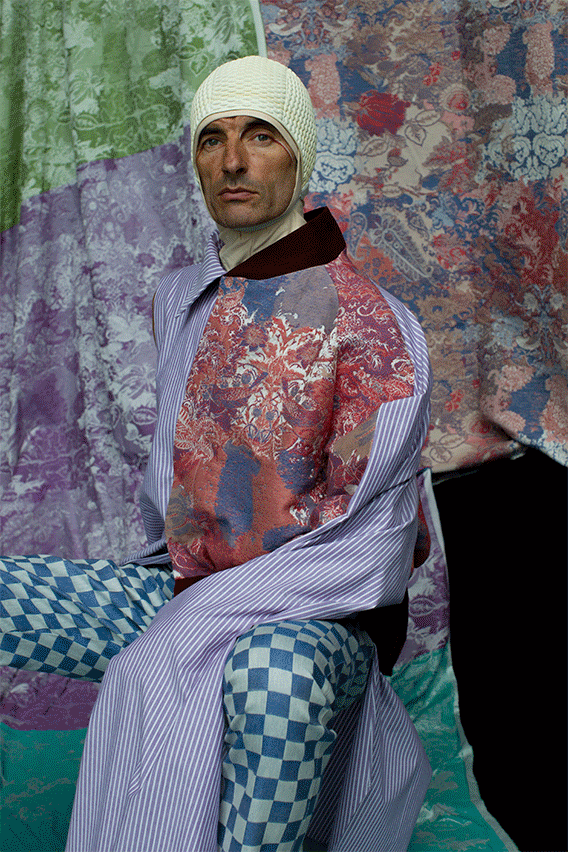University of Art and Design Linz students look to the future of fashion in this Virtual Design Festival school show, which features projects ranging from upcycled clothing to garments that explore gender boundaries.
The digital exhibition includes 10 projects completed by students studying the Fashion and Technology bachelor's degree at the Austrian design school, which is taught by Ute Ploier and Christiane Luible-Bär.
Let’s take a look on some of them:
Invert by Tania Pérez Hérnandez
Students develop new fabrics such as biomaterials or e-textiles, use additive manufacturing or robotics and combine them with traditional techniques, for example, weaving, knitting or draping.
Design (For) A Body centres the relationship between body, technologies and design.
The project creates an openness to conceive the body, technologies and form-finding as a complex system, allowing them to flow into one another in a modular fashion and to be open for the most diverse results and states.
Yarn by Belinda Winkler
Belinda Winkler has developed a machine which generates three-dimensional textile forms directly from yarn, without the necessity to weave or sew the material and this is how the origin of the textiles is thereby made visible and new materials of which the valuableness is perceptible are created. Thus, fashion can be produced more transparently as well as more sustainable.
Transforming Sculptures by Ursula Vogl
Biomechanical principles and growth process of unicellular organisms, such as radiolarians and slime moulds, inspire the constantly changing textile structures of Transforming.
I Is Another by Shari Bartko
Imbalances caused by narcissistic perspectives are discovered. The definition of gender itself is shifting towards the blurriness of its boundaries. After all, what is gender?
And when we've discovered that reality as a construction, not actual truth: do genders even exist?
A design language translating these aspects into aesthetical statements.
Transfer by Ines Kastner
Motion tracking systems record the movement of garments underwater.
In_Between_Spaces by Aaron Alvin Keller
This project examines an alternative production method of clothing and tests the whole garment weaving as an experimental construction and production method.
The basis of the practical method is the creation of multi-layered composite fabrics, which are transformed from a two-dimensional surface into a three-dimensional garment only by cutting into them
Chemical Aesthetics by Sophia Höretzeder
In her work Chemical Aesthetics, Sophia utilizes the uncontrollable and disobedient formative tendency of substances as a design tool for slow fashion.
The Chemical Aesthetics creates sustainable dyeing and printing processes.
Source: Lizzie Crook















